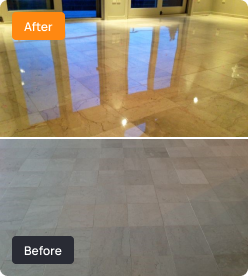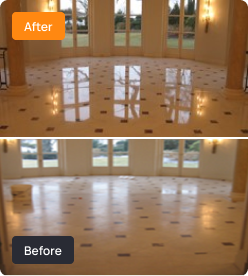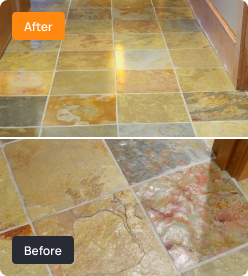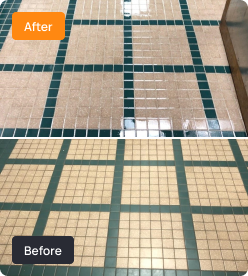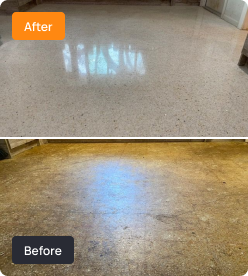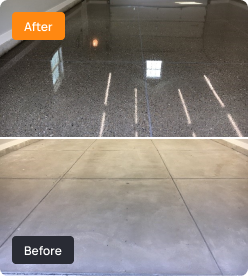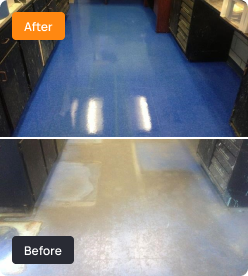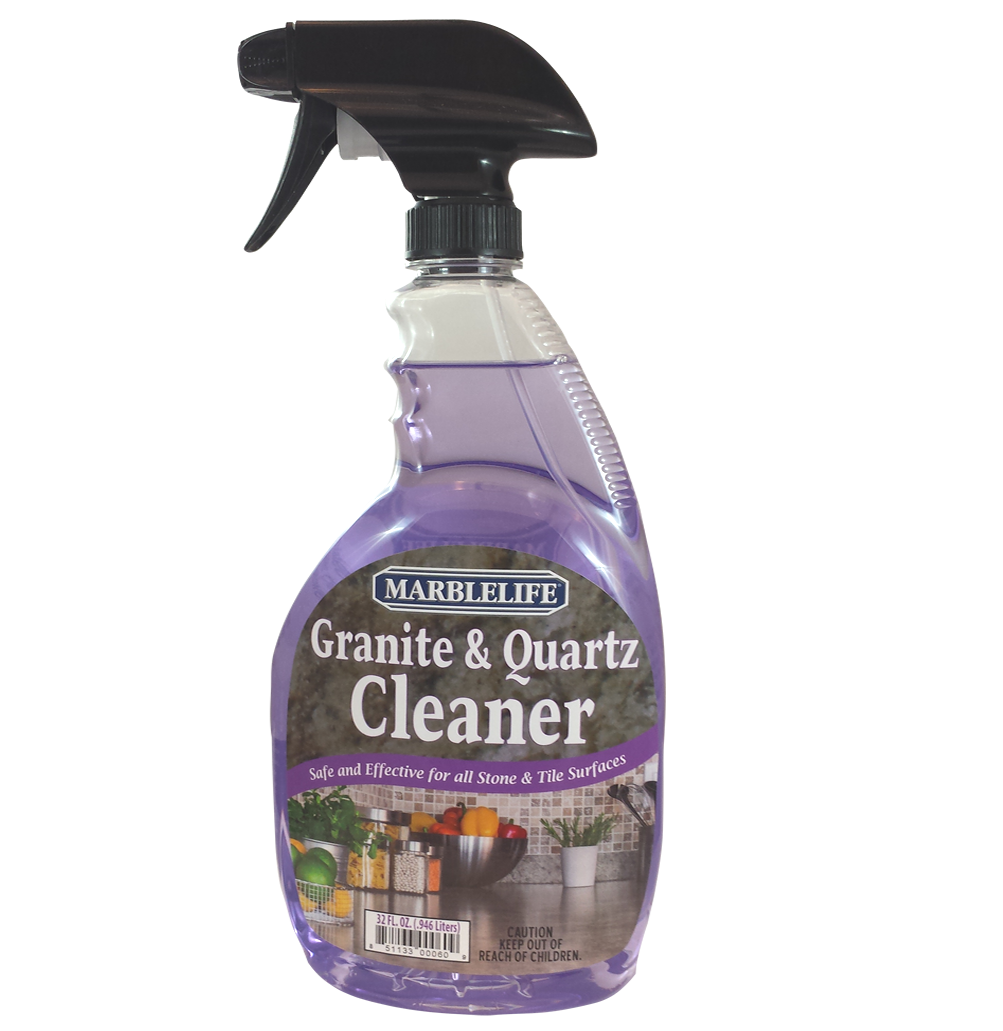Natural Stone 101: The truth about your marble, granite, and travertine
Natural stone is a dynamic material exhibiting tremendous variation. From the palette of colors to the diversity of textures. We’ve talked a lot in these newsletters about how to care for and protect these elegant surfaces. However, we haven’t discussed what these surfaces actually are. As with anything a little understanding can provide insight into […]


Natural stone is a dynamic material exhibiting tremendous variation. From the palette of colors to the diversity of textures. We’ve talked a lot in these newsletters about how to care for and protect these elegant surfaces. However, we haven’t discussed what these surfaces actually are. As with anything a little understanding can provide insight into best care practices, for a long lasting clean appearance.
Natural stone is as old as the earth itself and because of this, there’s a certain quality – a certain magic – about stone that simply can’t be reproduced by other materials. The composition of natural stone is complex on both a chemical and physical basis. With variations in density, absorption, and resilience, these factors all have an impact on the maintenance required to protect and preserve your stone, and the evidence of its unique history. The last thing we want to do is to add a new chapter based on our care methods.
In the last 20 – 30 years, there has been a revolution in the stone industry worldwide. Natural and composite stone products have become the material of choice when constructing or renovating homes, office buildings, commercial spaces, and more.
Natural stone comes from locations all over the world including: Italy, Greece, Turkey, Spain, the United States, France, Brazil, Mexico, and China. There are more than twenty-thousand different stone types. It would take a book to list every type of stone available but there are some common characteristics we can identify, that are useful to our story. There are three basic geological types:
1. Igneous Rocks (Granite)
Mainly formed by molten magma. As magma cools and condenses, it crystallizes forming a variety of colors and patterns.
2. Metamorphic Rock (Marble)
Formed of calcium carbonate based material common in shells. Over time, with the pressure based on depth of stone, and movement, it is compressed until it fuses or crystallizes. The different mineral concentration lend it its variation in color, variety and texture.
3. Sedimentary Rocks (Limestone)
A collection of bottom rocks, fossils, sand and silt. They were laid down in layers, and banded together through time while under the heavy pressure of the stone above to form a multi-layered designs. Very different looks can be achieved by cutting across the vein of with the vein, as you can imagine.
MARBLE
At its core, marble is really a form of compressed limestone that is dense enough to take a polish. Limestones and therefore marbles are composed of primarily made of calcite or dolomite, with the color in the marble being the result of other mineral impurities in the composition. So iron contributes to a red, and sulfur a black.
No matter what the color, marble usually has veining running through it. Usually different in color than the main color of the stone. There are, however, exceptions to the rule. Marble is relatively soft when compared to other stones and will scratch easily as a result. Its CaCO3 make-up lends it to suffer from acidic sensitivity, etching on contact. An important reason to always clean using proven stone-safe cleaners like MARBLELIFE® Marble & Travertine InterCare Cleaner. Want to understand this better? Place a lemon slice or a drop of vinegar on a raw marble surface and you will leave a permanent etch mark burned into the surface. So fast you can write your name in as little time as it takes to drink the glass of water that came along with that lemon wedge.
GRANITE
Granite is chiefly composed of 30 percent quartz and 60 percent feldspar. These minerals are much harder than the calcite of marbles and for this reason granite will not scratch as easily as marble. This stone is resistant to most acids and will not etch nor leave a dull spot on the surface, as marble does. Hydrofluoric acids, an exceptionally strong acid, found in products such as rust removers, can damage even this normally acid resistant surface. Granite contains crystals, which lend it a very distinct, appearance, almost as if small to medium stones were fused together. Despite its inherent resilience, regular sealing is still recommended to keep granite looking its best, as all stones retain some level of porosity. MARBLELIFE® Granite Countertop Sealer.
TRAVERTINE
Travertine is a type of limestone forms in the presence of hot springs. The water movement erodes the travertine creating holes in the stone. “Closed” travertine usually has these holes filled with a tan colored cement. These fillers typically do not polish as well as the natural stone giving the travertine a blotchy appearance. Unfilled travertine will still exhibit holes and are commonly found on walls, floors, and building exteriors. This stone is commonly found in tans and beige colors but can also be found in silver and reds. However, like marble, when damaged it turns white. For more information about natural stone, including tips for repair and maintenance, contact your local MARBLELIFE office and a knowledgeable stone craftsman will be happy to assist you.
Call MARBLELIFE at (888) 524-3372 or visit us online to secure your FREE ESTIMATE at www.MARBLELIFE.com or to www.MARBLELIFEPRODUCTS.com to secure the care products appropriate to your surface, and your desire for an easy effective cleaning solution.


